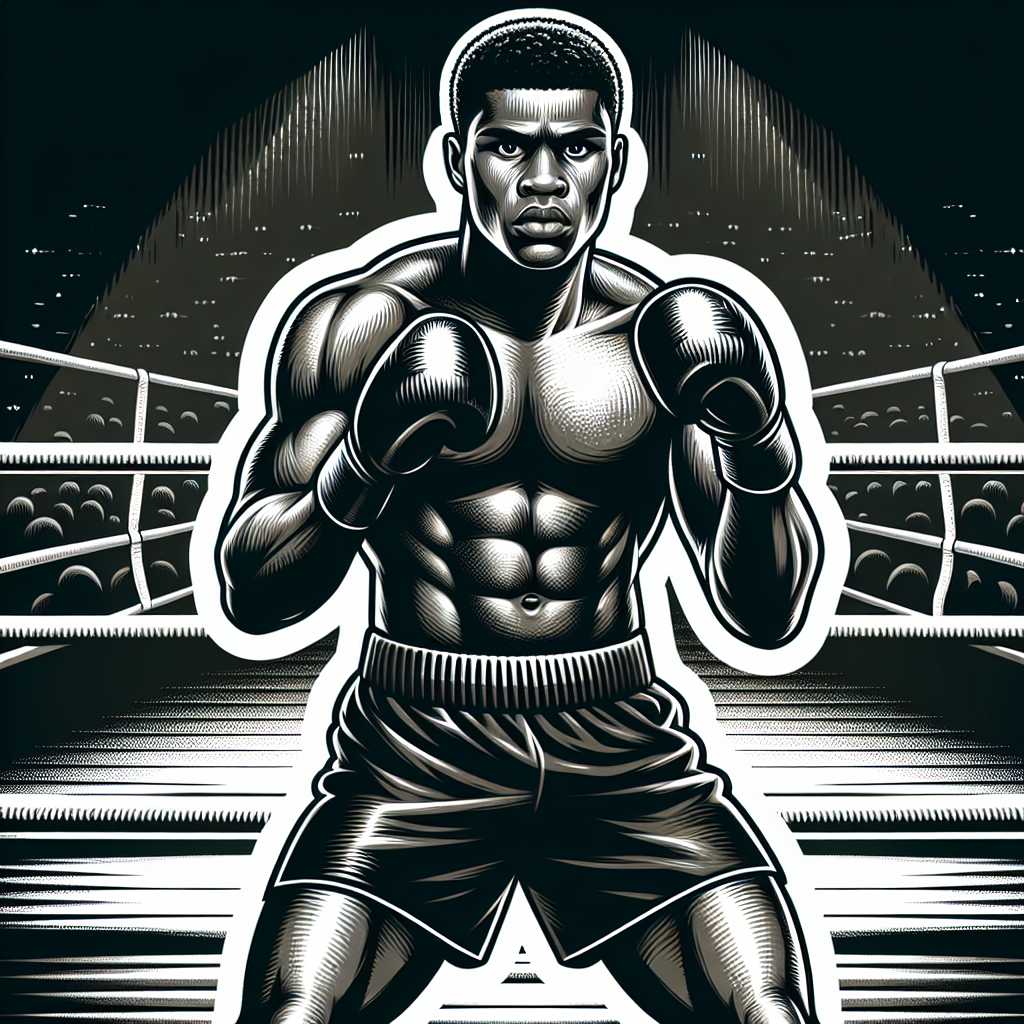The Life and Legacy of Mike Tyson: A Comprehensive Overview
Mike Tyson is one of the most recognizable and controversial public figures in the world of sports. This article aims to present a comprehensive overview of his life and legacy, delving into his early years, rise to fame, challenges, and lasting impact on both boxing and popular culture.
Early Life and Introduction to Boxing
Before he became “Iron Mike,” Michael Gerard Tyson was born on June 30, 1966, in Brownsville, Brooklyn, New York City. Plagued by hardship from an early age, Tyson grew up in a high-crime neighborhood that often had him embroiled in petty crimes and street fights.
His introduction to boxing came through his arrest by juvenile detention officer and boxing enthusiast Bobby Stewart. Noticing potential in young Tyson, Stewart introduced him to legendary boxing trainer Cus D’Amato. D’Amato soon became a legal guardian and mentor to Tyson after his mother passed away when he was just 16 years old. Under D’Amato’s tutelage, Tyson harnessed his raw physical talent and learned the defensive maneuvers that would become his legendary peek-a-boo fighting style.
Rise to Boxing Superstardom
Tyson’s rise to stardom in the boxing arena was meteoric. At age 18, he made his professional debut and by 20, he defeated Trevor Berbick to claim the World Boxing Council (WBC) heavyweight title—becoming the youngest heavyweight champion in history.
His aggressive fighting style, immense power, and unyielding intensity crowned him as the most feared boxer of his time. Throughout the late 1980s, Tyson secured his place at the pinnacle of the sport by adding the World Boxing Association (WBA) and International Boxing Federation (IBF) titles to his record, becoming the first heavyweight to hold all three major belts simultaneously.
Turmoil and Trials
Despite his many successes inside the ring, Tyson’s life outside remained tumultuous. His marriage to actress Robin Givens was fraught with allegations of violence, and in 1988 they divorced. Timult hit its pinnacle when Tyson faced a pivotal downturn in 1992 when he was convicted of rape and sentenced to six years in prison, though he was released on parole after serving less than three years.
His comeback to boxing yielded more ups-and-downs, including reclaiming then losing heavyweight titles. One of the darker moments of his career came during a rematch against Evander Holyfield in 1997, when Tyson was disqualified for biting Holyfield’s ear
Later Career and Retirement
Following a series of losses in the early 2000s, including a knockout by British fighter Lennox Lewis, Mike Tyson announced his retirement from professional boxing after a match with Kevin McBride in 2005. He left the sport with a record of 50 wins (44 by knockout), six losses, and two no contests.
Post-retirement, Tyson has been involved in various entertainment projects such as film cameos, a one-man Broadway show, and even an animated television series named after him. Personal transformation initiatives have also been part of Tyson’s journey post-boxing. He started a charitable foundation and became outspoken about mental health through interviews and appearances.
Legacy and Impact on Boxing
Tyson’s influence extends far beyond his professional record. He revitalized interest in heavyweight boxing during the late 20th century with a captivating blend of power, intimidation tactics, and ring skill. The “Iron Mike” persona continues to be synonymous with ferocious competitiveness and unparalleled dominance within sport folklore.
Culturally, Tyson bridged the gap between athletics and mainstream entertainment; his name known even amongst those who never followed boxing. His is a name which encapsulates ultimate achievement as well as cautionary narratives surrounding fame and fallibility.
Notes
Image description: An illustration featuring a young Mike Tyson in his classic boxing stance. Clad in black shorts with a trademark iron determination on his face set against a background hinting at an iconic boxing ring where so many of his famous battles were fought.

